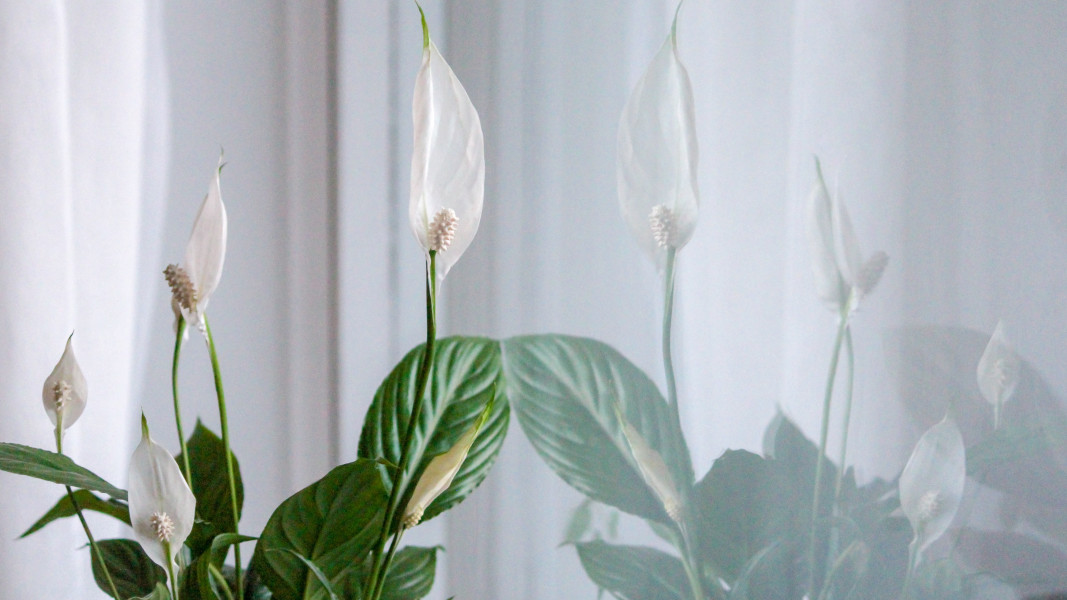What You Need To Know About The Plant
The genus Spathiphyllum unites 45 species of perennial stemless plants with a short rhizome. In natural conditions, the plant lives in the tropical parts of America.
Furthermore, spathiphyllum loves moisture and frequent spraying, this must be remembered. Absolutely does not tolerate current.
In winter it wants bright light, and in summer - a patterned shade. Spathiphyllum wallis is best suited for home cultivation. This is a Colombian species with powerful rosettes of thin and small leaves.
It is not worth taking the spathiphyllum out into the garden in the summer, unless you find a very dark corner. The plant can get incurable burns from the sun.
First of all, pay attention to the soil
It should be neither too dry nor too wet. The correct thing is that it should be moderately moist. Then carefully look for the presence of various pests on the surface of the soil and on the plant itself. If the characteristic spots - yellow, black or brown - are completely missing, do not take this plant!
The first and most common mistake that amateur gardeners make after the purchase - they immediately move the spathiphyllum into a large and bulky pot. And the second mistake is that they admire the beautiful flower for a long time and only after it has over bloomed, they decide to transplant the flower. This is also incorrect.
During the first two weeks, just watch the spathiphyllum. For this purpose, "park" it in partial shade and water it moderately with soft water. Before watering, put half a finger in the pot and if the soil is dry, water, if it is wet - don't do it.
During the heating season, you can cover the radiator with a thick wet bath towel. The moisture will evaporate and you will slightly increase the humidity in the room.
And for spathiphyllum, high humidity is simply mandatory. Almost all problems with this plant occur due to excessively dry air.
During the first two weeks, the spathiphyllum simply gets used to and adapts to home conditions. And only then, after 2-3 weeks, we transplant the plant.
We proceed to move the plant
It is important to free the roots of the plant from the transport soil. This is some kind of peat that is absolutely devoid of nutrients. Carefully loosen the soil clod, being careful not to damage the white roots.
Choose a pot slightly larger than the previous one. Feminine happiness prefers narrower vessels, so it feels more comfortable. At the bottom put some expanded clay. The soil should be nutritious and light. The optimal mixture for spathiphyllum is leaflet, garden soil, peat, sand in equal amounts. Of the ready-made ones, mixtures for decorative-flowering plants are suitable.
Since spathiphyllum does not like huge pots, put it back in the same or 2 inches bigger pot.
In the end, after having all these tips, we can now take much better care of the spathiphyllum plants in our home.

